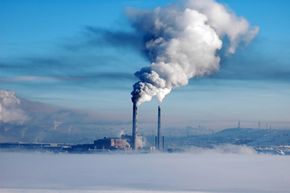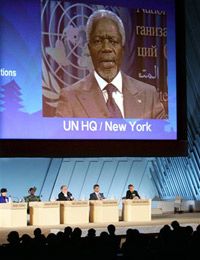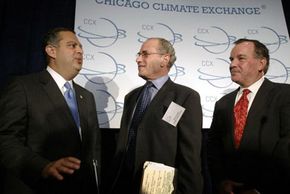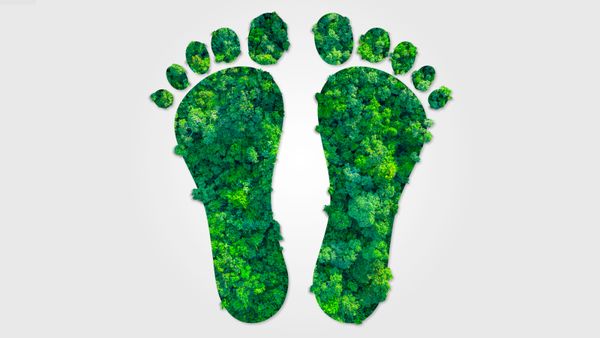The dramatic imagery ofglobal warmingfrightens people. Melting glaciers, freak storms and stranded polar bears -- the mascots of climate change -- show how quickly and drastically greenhouse gas emissions (GHG) are changing our planet. Such graphic examples, combined with the rising price of energy, drive people to want to reduce consumption and lower their personal shares of global emissions. But behind the emotional front of climate change lies a developing framework of economic solutions to the problem. Two major market-based options exist, and politicians around the world have largely settled oncarbon tradingover its rival,carbon tax,因为chosen method to regulate GHG emissions.
Renewing the Grid Image Gallery
Advertisement
Carbon trading, sometimes called emissions trading, is a market-based tool to limit GHG. The carbon market trades emissions undercap-and-trade schemesor withcreditsthat pay for or offset GHG reductions.
Cap-and-trade schemes are the most popular way to regulate carbon dioxide (CO2) and other emissions. The scheme's governing body begins by setting acapon allowable emissions. It then distributes or auctions offemissions allowancesthat total the cap. Member firms that do not have enough allowances to cover their emissions must either make reductions or buy another firm's spare credits. Members with extra allowances can sell them or bank them for future use. Cap-and-trade schemes can be either mandatory or voluntary.
A successful cap-and-trade scheme relies on a strict but feasible cap that decreases emissions over time. If the cap is set too high, an excess of emissions will enter the atmosphere and the scheme will have no effect on the environment. A high cap can also drive down the value of allowances, causing losses in firms that have reduced their emissions and banked credits. If the cap is set too low, allowances are scarce and overpriced. Some cap and trade schemes have safety valves to keep the value of allowances within a certain range. If the price of allowances gets too high, the scheme's governing body will release additional credits to stabilize the price. The price of allowances is usually a function of supply and demand.
Credits are similar tocarbon offsetsexcept that they're often used in conjunction with cap-and-trade schemes. Firms that wish to reduce below target may fund preapproved emissions reduction projects at other sites or even in other countries.
Advertisement







